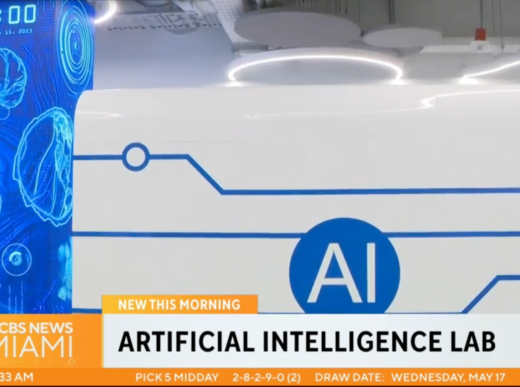Particles are the smallest units of matter that make up the universe. They are the building blocks of all matter, including atoms, molecules, and even larger structures like planets and stars. In this article, we will explore the different types of particles, their properties, and how they interact with each other.
There are two main types of particles: matter particles and force particles. Matter particles make up the physical world around us, including the atoms that make up the objects we see and touch. Force particles, on the other hand, are responsible for transmitting the fundamental forces of nature, such as electromagnetism, the strong and weak nuclear forces, and gravity.
Matter particles are divided into two categories: fermions and bosons. Fermions, named after physicist Enrico Fermi, are particles that obey the Pauli exclusion principle, which states that no two identical fermions can occupy the same quantum state simultaneously. This means that fermions have a half-integer spin, which is a measure of their angular momentum. Examples of fermions include quarks, leptons, and protons.
Bosons, named after physicist Satyendra Nath Bose, are particles that do not obey the Pauli exclusion principle. This means that bosons can occupy the same quantum state simultaneously, and they have an integer spin. Examples of bosons include photons, gluons, and Higgs bosons.
Quarks are the smallest and most fundamental matter particles, and they are the building blocks of protons and neutrons. Quarks come in six different “flavors”: up, down, charm, strange, top, and bottom. They also have a property called “spin,” which is a measure of their angular momentum. Quarks are held together by force particles called gluons, which transmit the strong nuclear force.
Leptons are also matter particles, and they include electrons and neutrinos. Like quarks, leptons have spin and come in different “flavors,” such as electron, muon, and tau. Leptons do not experience the strong nuclear force, but they do experience the weak nuclear force and electromagnetism.
Protons and neutrons are made up of quarks and gluons, and they are the building blocks of atoms. Protons are positively charged, while neutrons are neutral. The number of protons in an atom’s nucleus determines the element it is, and the number of neutrons can vary within a certain range for a given element.
Force particles are responsible for transmitting the fundamental forces of nature. Photons are the force particles of electromagnetism, and they are responsible for transmitting light and other forms of electromagnetic radiation. Gluons are the force particles of the strong nuclear force, and they are responsible for holding quarks together inside protons and neutrons. The W and Z bosons are the force particles of the weak nuclear force, which is responsible for certain types of radioactive decay. The Higgs boson is the force particle of the Higgs field, which gives particles mass.
Particles interact with each other through the exchange of force particles. For example, when two charged particles are brought close to each other, they will experience an electromagnetic force due to the exchange of photons. When two quarks are brought close to each other, they will experience a strong nuclear force due to the exchange of gluons.
Particles can also be created and destroyed through particle interactions. For example, in certain high-energy collisions, new particles can be created out of energy. These particles will eventually decay into other particles, and the total number of particles in the universe remains















